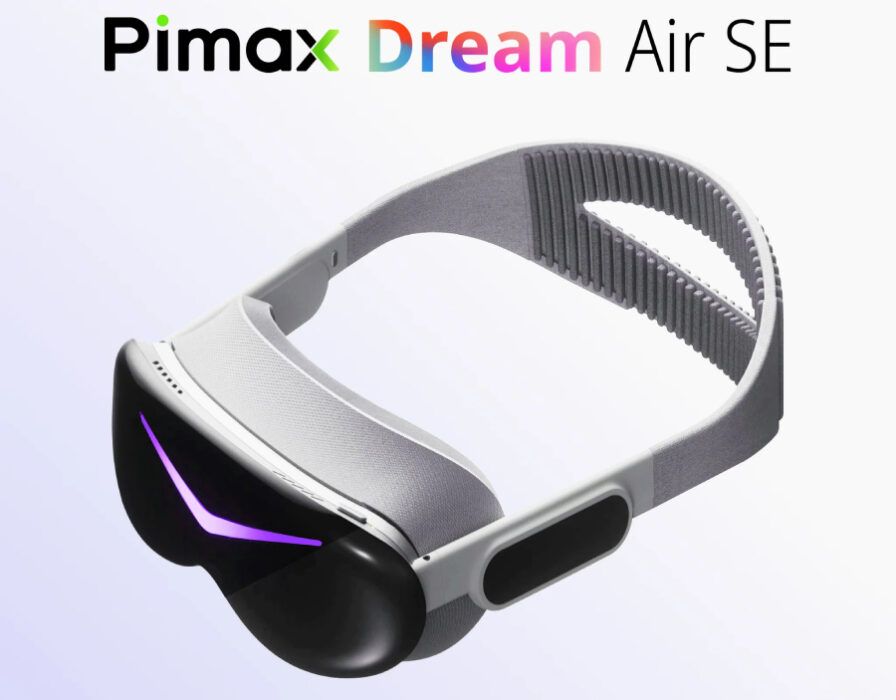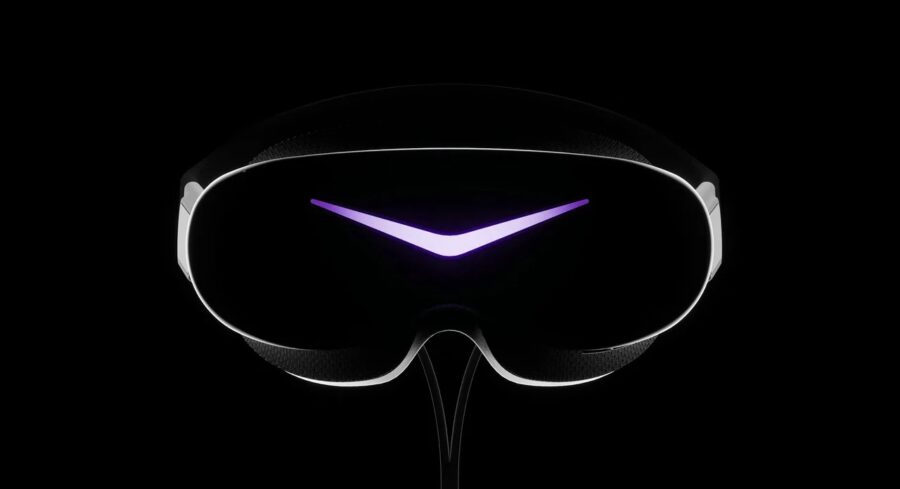
In Virtual Reality News
May 14, 2025 – Pimax, a virtual reality (VR) hardware manufacturer focused on high-end devices, has this week announced the launch of the Dream Air SE, a new VR headset designed to provide micro-OLED visuals and multiple tracking options at a more accessible price point. The company also shared updates to its previously launched Dream Air headset, which now includes enhanced optics, tracking, and ergonomics.
The Dream Air SE supports both SLAM and Lighthouse tracking systems and features a 2560 × 2560 resolution per eye, tailored pancake optics, and integrated audio. Key specifications include:
- Display: Micro-OLED panels offering 2560 × 2560 resolution per eye
- Optics: Optimized field of view (FOV) and stereo overlap
- Pricing: SLAM version priced at USD $1,199 (or $699 with a Pimax Prime membership); Lighthouse version at $899 (Prime: $599).

The original Dream Air, introduced in December 2024, was marketed as the smallest 8K VR headset at the time. Pimax stated that this updated model features upgrades across visuals, optics, tracking, and ergonomics, and includes:
- Display: Sony micro-OLED panels with 3840 × 3552 resolution per eye, delivering over 27 million pixels, according to the company.
- Lenses: Next-generation pancake lenses for edge-to-edge clarity and reduced glare.
- Tracking: 120Hz Tobii eye-tracking, SLAM, hand-tracking, and controller support.
- Pricing: SLAM version at $2,099 (Prime: $1,399); Lighthouse version at $1,899 (Prime: $1,199).
Pimax stated that both headsets are expected to begin shipping in Q3 2025, with prototypes currently undergoing final testing.
Tracking and Interaction Updates
Pimax’s SLAM tracking uses four cameras and over one million tracking points to offer performance that the company states is comparable to base station tracking systems, with the aim of reducing occlusion and interference. Hand-tracking support is expected to enter beta in Q3 for both the Crystal and Dream Air product lines, according to Pimax.
Additional Pimax Product News
Additionally, Pimax noted that its Crystal Super headset, which features a 50 PPD optical engine, is now shipping. A 57 PPD version is also planned for release in Q2. The micro-OLED engine, using Sony’s latest panel technology, will launch in Q3 at $2,199. Also arriving in Q3 is the Pimax 60G Airlink module, which adds wireless connectivity to the Crystal headset.
For more information, visit www.pimax.com.
Image credit: Pimax
This article may contain affiliate links. If you purchase something through these links, Auganix may earn a commission at no additional cost to you.
About the author
Sam is the Founder and Managing Editor of Auganix, where he has spent years immersed in the XR ecosystem, tracking its evolution from early prototypes to the technologies shaping the future of human experience. While primarily covering the latest AR and VR news, his interests extend to the wider world of human augmentation, from AI and robotics to haptics, wearables, and brain–computer interfaces.
